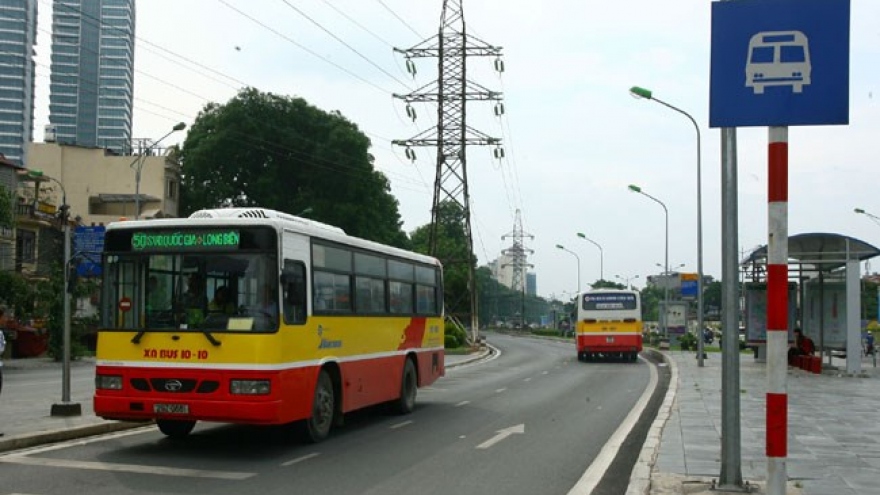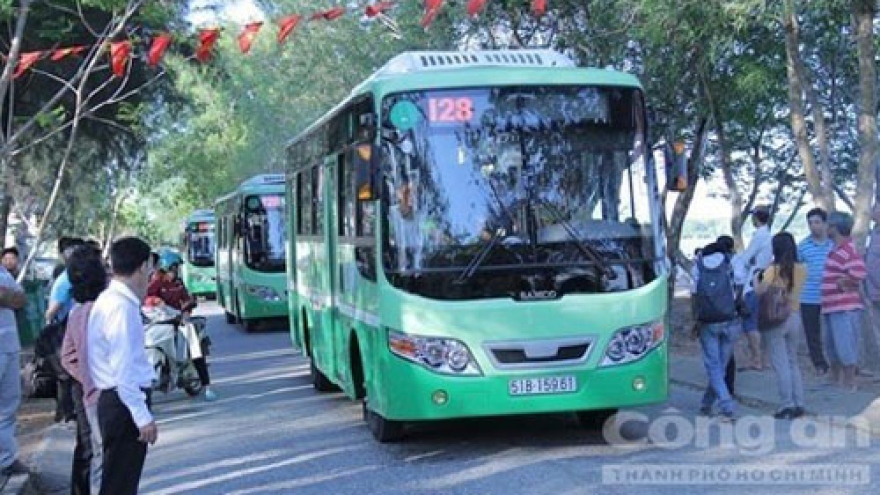WB specialist believes in first BRT route’s effects in Hanoi
The first Bus Rapid Transit (BRT) route in Hanoi, scheduled to officially operate from next year, will prove effective in meeting local commuters’ demand and easing traffic congestion, said a representative of the World Bank (WB) Vietnam.
 |
She said traffic congestion is now a serious problem in Hanoi and it is not easy to be solved amid the rapid growth of personal vehicles.
A solution in big cities around the world is to develop the public transport network. The first BRT route will have better effects in the next few years when it is connected with other BRT routes, overhead railways, and metro, she noted.
Public support is needed for this route’s success, she added, asking relevant agencies to listen to people’s feedback to improve the service.
Vu Ha – Director of the management unit of the Hanoi urban transport development project – said the rapid buses will run on bus-only lanes but still move on mixed lanes with other vehicles in some stretches. Hanoi’s Department of Transport has devised plans to limit other vehicles such as taxis, cars and trucks along the route.
A one-way ticket will cost VND7,000 (30 US cents), equivalent to the fare of normal buses. Commuters can try the rapid bus free of charge for one month, in next January.
The municipal Department of Transport admitted a big challenge facing this route – heavy traffic with several congestion hotspots. This is also a big concern among city dwellers when the rapid buses operate.
It is necessary to thoroughly prepare infrastructure for BRT buses to ensure their quality and travel time, the department said.
The Kim Ma-Yen Nghia BRT project has a total investment of more than VND1.1 trillion (US$48.3 million) loaned by the WB. Started in 2013, the route was initially expected to operate in Q2 of 2015 but lagged behind schedule for two years.
With the first BRT buses in Hanoi running in 2017, Vietnam will be the eighth country in Southeast Asia to implement BRT.



